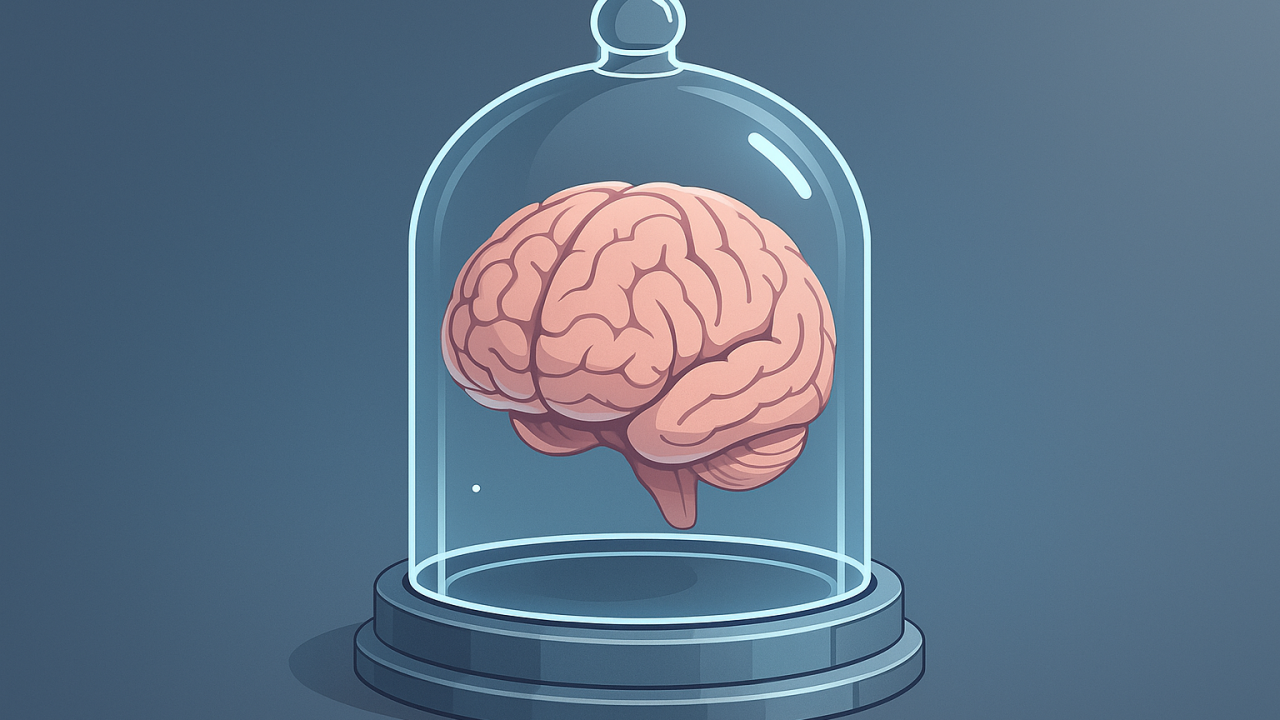“You are not the user” shaped how designers worked.
It forced humility, removed ego, discouraged shortcuts, and drove us to research instead of assuming.
It influenced how we reviewed work, planned research, and avoided designing for ourselves.
But taken too literally, it can create distance from the product, so much that we stop experiencing it ourselves.
Direct use can lead to more intuitive, accurate decisions. Humans share certain behaviours regardless of context: we seek the path of least resistance. While demographic and situational differences matter, personal interaction with the product gives insight that research alone can’t.
Users often can’t clearly express their problems. Testing shows that their actions and words can differ. Sometimes you can predict their behaviour because certain patterns are universal.
Research is essential, but within any audience, opinions differ.
At some point, informed judgment is needed, and often, that judgment is better when we work with the product daily.
📌 What’s Inside
- The false-consensus effect
- Sometimes, you are the user
- Intuition isn’t the enemy
- So, who are we designing for?
🧠The false-consensus effect
“You are not the user” began as a defence against the false-consensus effect, a bias identified by Ross, Greene, and House (1977): we overestimate how much others share our behaviours and preferences.
NN/g notes its impact in design: left unchecked, it leads to products built for ourselves rather than our actual audience.
“You are not the user” was meant as a counterweight, reminding us to test assumptions and look beyond personal habits.
“The false-consensus effect refers to people’s tendency to assume that others share their beliefs and will behave similarly in a given context. Only people who are very different from them would make different choices.”
The safeguard was necessary when research was slower and access to users was limited. But today: rapid releases, AI-generated outputs, constant iteration, avoiding personal contact with the product entirely is counterproductive.
Over-correcting dulls attention to detail and removes the firsthand awareness needed to spot lag, broken flows, or subtle UI regressions between formal research cycles.
🪞Sometimes, you are the user
Sometimes the problem we’re solving is one we face ourselves.
When that happens, our use of the product becomes a direct, relevant source of insight. This isn’t about guessing what users want; it’s about experiencing the same flows, frustrations, and successes they do.
That kind of firsthand contact also keeps us alert to subtle changes in usability, visual quality, or performance that metrics don’t always reveal. Over time, repeated use builds a trained instinct for when something feels wrong, an instinct that becomes more reliable when checked against data.
And in the gaps between research cycles, our own interaction with the product acts as a safeguard, confirming that changes still serve the intended goals and catching issues early.
In these cases, considering ourselves the user isn’t biased. It’s an essential part of keeping the product usable and effective.
🤔Intuition isn’t the enemy
There’s another notion we should analyse here: We treat intuition with suspicion. But why is that? Shouldn’t we treat it like a signal that needs context, instead?
Intuition in design is the product of repeated exposure, refined over time, and validated by evidence.
It’s noticing that a flow feels slower than it should, or that an interaction demands more effort than necessary.
While data shows patterns and research explains behaviour, personal use gives those findings context.
When intuition, research, and data align, the decision is clear. When they don’t, intuition signals where to look closely.
Dismissing it entirely removes a valuable layer of judgment. Informed intuition makes feedback sharper, decisions faster, and the design more grounded in the reality of the product as it’s actually experienced.
This forces us to ask: if we ignore our own informed instincts entirely, what subtle issues will no one else catch?
At the end of the day, data + research + personal use = depth.
🎯So, who are we designing for?
Keep humility. Keep research and metrics. But also keep close, hands-on contact with the product.
Sometimes we are the user. In those moments, acknowledging it is honest. Using that perspective makes the work better. It’s how we bridge the gap between what research predicts and what the product actually feels like.
“You are not the user” still protects us from bias. But in today’s rapid-release environment, distance from the product is just as dangerous.
The best outcomes come from balance—avoiding the trap of designing only for ourselves, while staying close enough to experience the product as it changes.
Sometimes, the fastest way to see what’s broken is simply to be the one using it.
Subscribe on Substack⬇️
If you’ve found this content valuable, here’s how you can show your support.⬇️❤️
You might also like:
📚 Sources & Further Reading
Share this article:





I must say this article is extremely well written, insightful, and packed with valuable knowledge that shows the author’s deep expertise on the subject, and I truly appreciate the time and effort that has gone into creating such high-quality content because it is not only helpful but also inspiring for readers like me who are always looking for trustworthy resources online. Keep up the good work and write more. i am a follower.